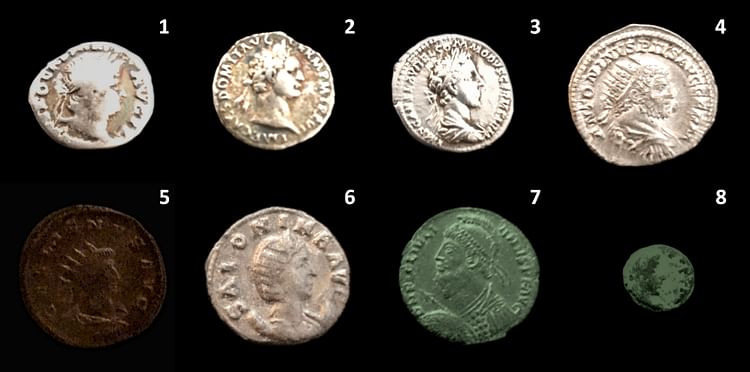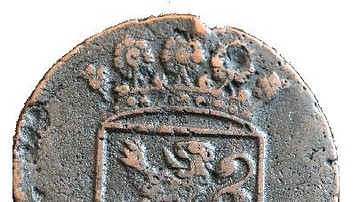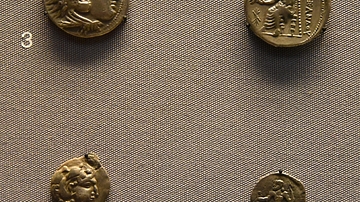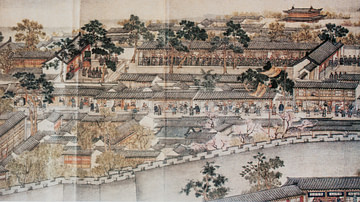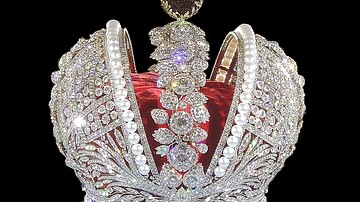Illustration
1. Denarius of Emperor Nero (reigned 54-68 CE) of the Julio-Claudian dynasty. The silver content of the coin (fineness) is >.92. Nero’s jowly face, gazing to the right, is recognizable, but barely. This coin was clipped around the edges in antiquity because the value of its silver exceeded the value of the coin.
2. Denarius of Emperor Domitian (reigned 81-96 CE) of the Flavian dynasty. The fineness of this coin is approximately .90. A layer of fine oxidation (black) can be seen on its surface.
3. Denarius of Commodus (reigned solo 180-192 CE), as Caesar to his father, Emperor Marcus Aurelius (reigned 161-180). This coin dates from the years 177-180 CE, and has a fineness of about .8. The remarkable skill of the ancient engraver is immediately noticeable.
4. Antoninianus of Caracalla (reigned 211-217 CE). Note the radiate crown. The value of this coin was officially two denarii, but only contained only 1.5 times the silver amount. The result was price inflation.
5. Antoninianus of Gallienus (reigned solo 260-268 CE). This specimen contains no more than about 20% silver. If the surface oxidation is removed, the coin is dull gray in color due to the admixture of base metals and copper.
6. Antoninianus of Salonina, wife of Gallienus (murdered 268 CE). The shoulders of the Empress rests on a half-moon, which designates this coin as an antoninianus. However, this coin contains no more than a few percent silver at most.
7. Centenionalis of Julian II (reigned 361-363 CE). Bronze coins of this type were common currency, but had little intrinsic value. Millions of them were minted; the green color of this coin is due to the oxidized copper present in bronze. By this time, the old denarii and antoniniani had long since disappeared.
8. Nummus (i.e., coin) of Valentinian III (reigned 425-455 CE). The face of the Emperor, in profile, can be seen on the left-hand side, facing right. This bronze coin is crudely engraved and has an actual diameter of only 8 mm. However, Valentinian III continued to mint in gold, as did all his successors down to Romulus Augustulus in 476 CE.
(All coins are from the personal collection of Cy A. Stein)
Cite This Work
APA Style
Castanotto, D. (2019, February 18). Roman Imperial Coinage. World History Encyclopedia. Retrieved from https://www.worldhistory.org/image/10115/roman-imperial-coinage/
Chicago Style
Castanotto, Daniela. "Roman Imperial Coinage." World History Encyclopedia. Last modified February 18, 2019. https://www.worldhistory.org/image/10115/roman-imperial-coinage/.
MLA Style
Castanotto, Daniela. "Roman Imperial Coinage." World History Encyclopedia. World History Encyclopedia, 18 Feb 2019. Web. 31 Oct 2024.
